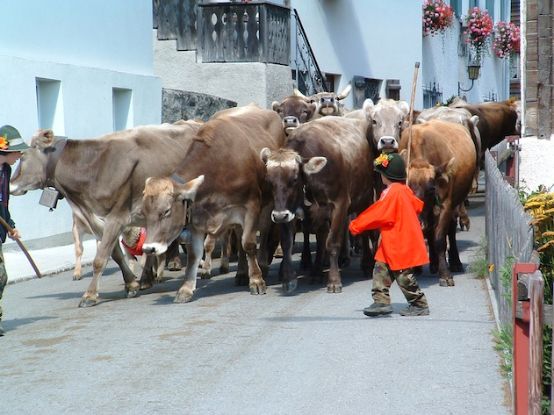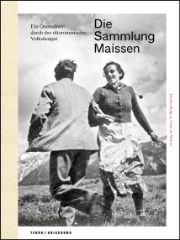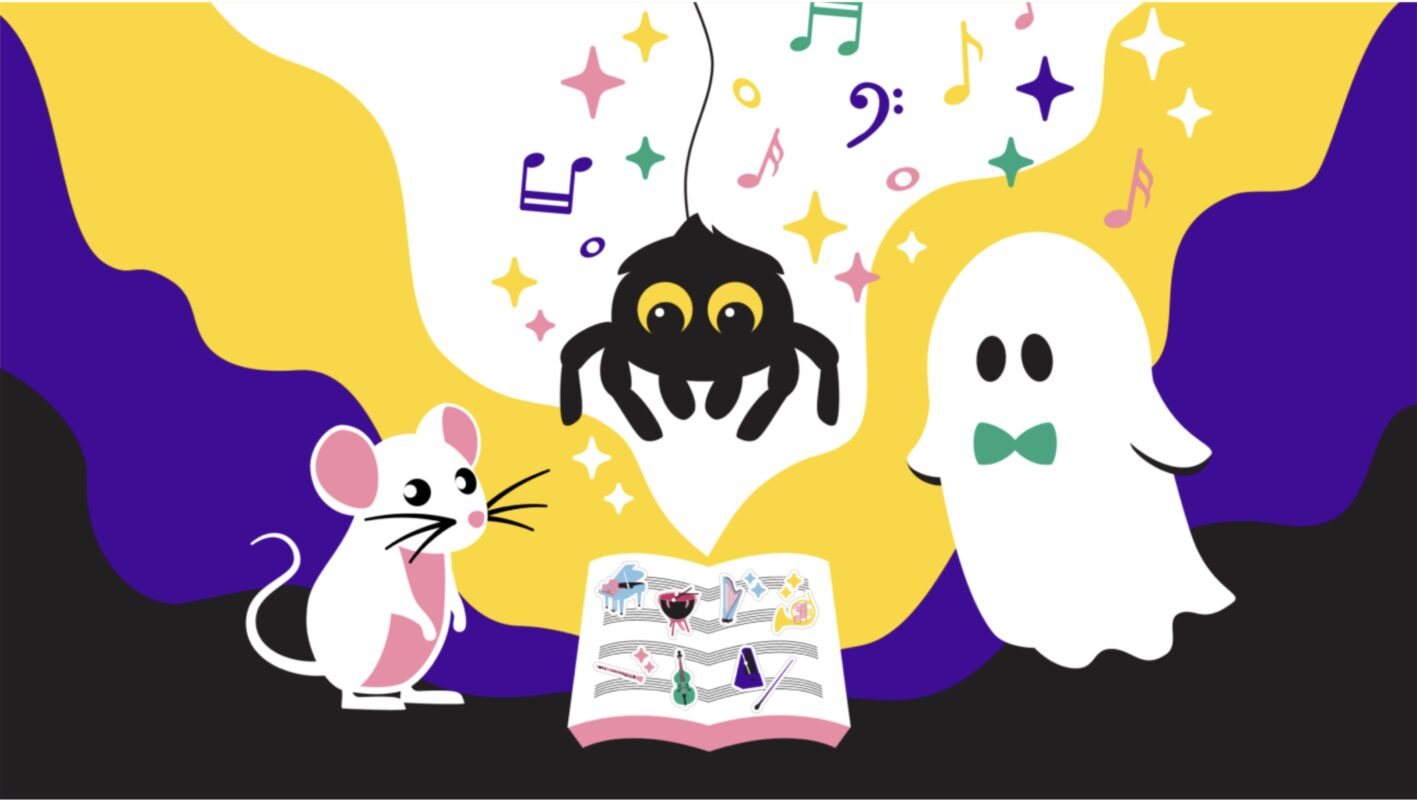Rhaeto-Romanic folk songs
A volume of previously unpublished songs, ballads and chants, accompanied by historical photos and documents.

As early as 1912-1915, the Engadin Peider Lansel recorded Ladin folk songs with a phonograph that he had specially ordered in America. From 1896-1919 Caspar Decurtins published under the title Rhaeto-Romanic Romansh Romany 13 volumes with numerous song texts from Graubünden. In 1930, the Swiss Folklore Society commissioned various researchers, including the soldier singer and folk song collector Hanns in der Gand and the teacher and later ethnomusicologist Alfons Maissen, to conduct a song survey throughout the Romansh-speaking Grisons. In 1945, in collaboration with Werner Wehrli, Alfons Maissen published the Consolaziun dell' olma devoziusa (Consolation of the Devout Soul), sacred songs, were published, but hundreds of secular songs, sound and photo recordings and music manuscripts lay largely unused for more than 70 years.
One welcome exception is a booklet with 60 songs from Bergün, Müstair and Tschlin, which Gian Gianett Cloetta published in 1958 under the title Chanzunettas populeras rumauntschas in the original idiom and in German, while the multifaceted booklet Rhaeto-Romanic folk songs from oral tradition from 2011 loses value because the excellent commentaries by Iso Albin and Cristian Collenberger do not match the tracks on the accompanying CD.
From 2006-2009, Chur cantonal school teacher and musician Iso Albin prepared 1500 documents from the Maissen Collection for digital use. They have been accessible via the online platform of the Swiss National Sound Archives since 2011: a unique collection of ear notations, recordings on pilaphone records (sound foils) and magnetic tapes, notes, correspondence, photos and biographies of the singers from the early 1930s (see links below); material that is of great value for the historical understanding of everyday life in the Alpine region.
Anyone who still prefers to listen to folk songs in printed form in a book and acoustically from a sound recording can pick up this successful, richly illustrated volume from Somedia-Verlag, which also includes a CD. The 40 previously unpublished song transcriptions, carefully selected and annotated from the 1500 sound recordings and notations, allow even those who are not familiar with Romansh idioms to distinguish historical songs and ballads from love songs and traditional songs. Among these are the "Mintinadas", which are sung to the bride on the evening before the wedding, such as E pitigot al mitger bab (No. 27, Track 15) as a specialty of folk culture in Graubünden.
The catalog by Iso Albin is introduced by accompanying essays by Karoline Oehme-Jüngling (Zur Idee des Volkslieds), Dieter Ringli (Zur alltäglichen Praxis des Singens) and, particularly revealing, the article by Cristian Collenberg (Zur Sammlung von rätoromanischen Volksliedern in Zeiten der kulturellen Selbstfindung).
This lovingly designed new publication, which is particularly expressive in its full-page photographs, sheet music and texts, is valuable for the cultural memory of Rumantschia and thus for Switzerland as a whole, and makes a contribution to the intangible cultural heritage for which the singers, field researchers and publishers can only be grateful.
The Maisen Collection. A cross-section of Rhaeto-Romanic folk songs, 272 pages with illustrations, sheet music examples and CD, Fr. 56.00, Edition Terra Grischuna, Somedia-Verlag, Chur 2014, ISBN 978-3-7298-1190-4
Maissen catalog of the Swiss National Sound Archives
The songs of the Consolaziuns dell' olma devoziusa
(with singer biographies)









